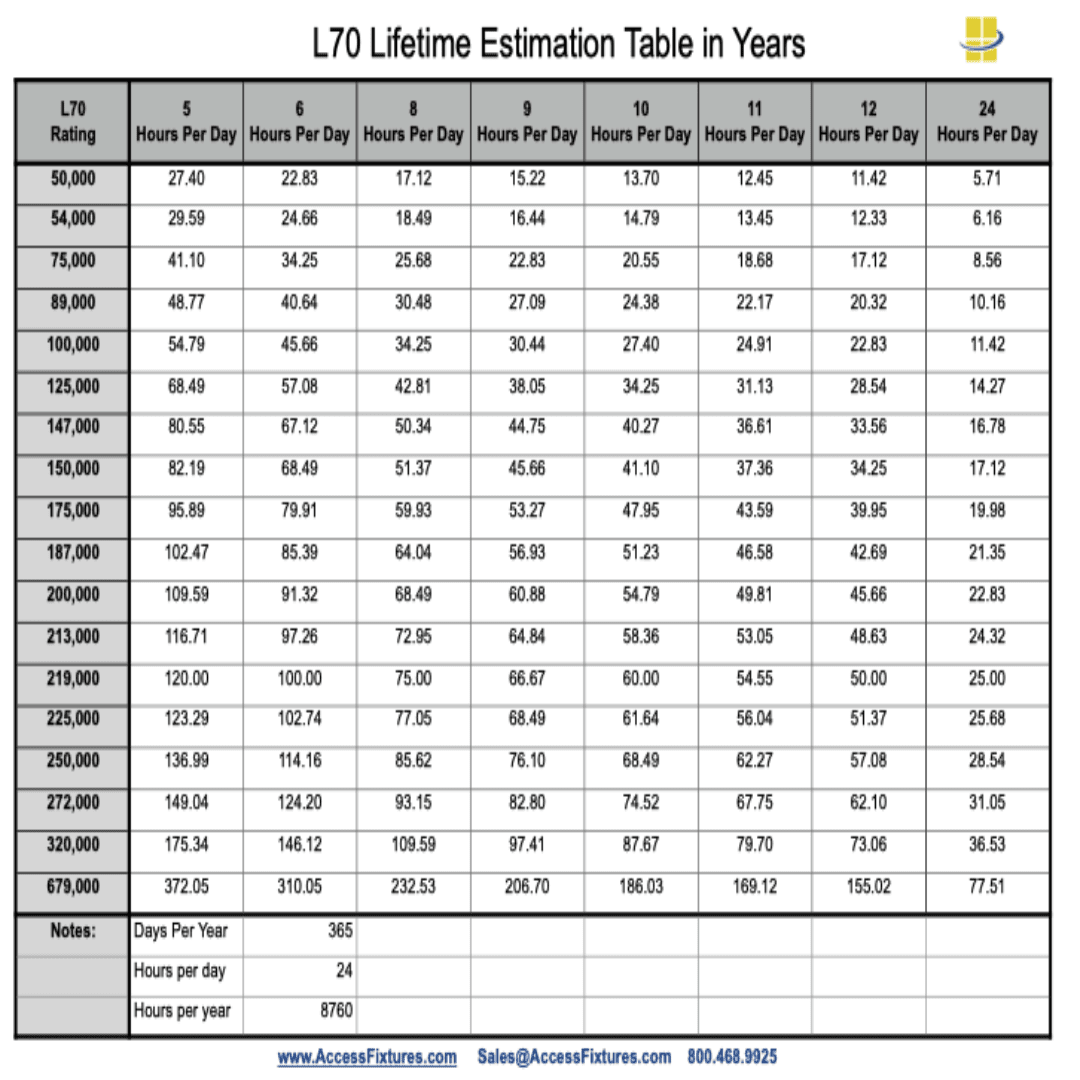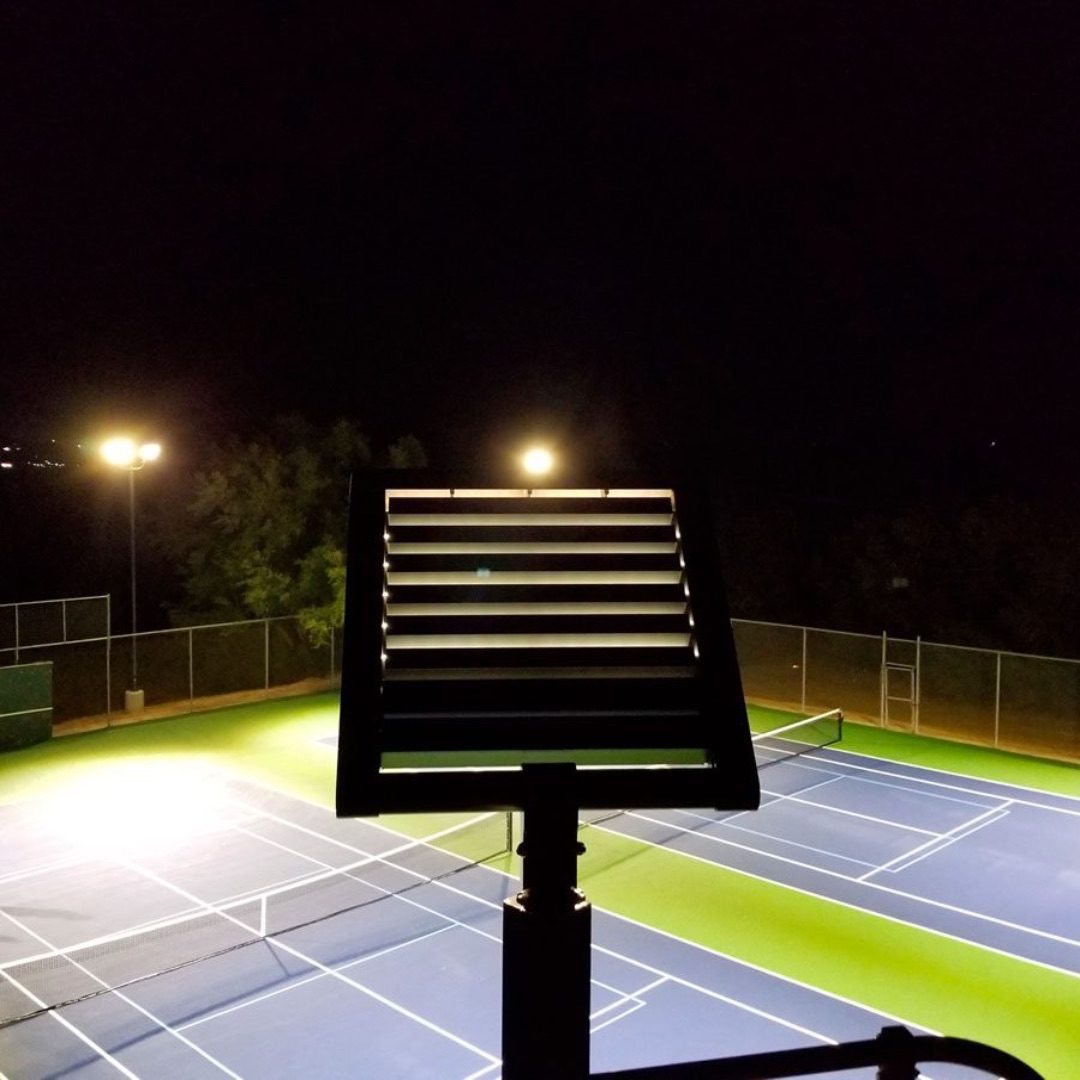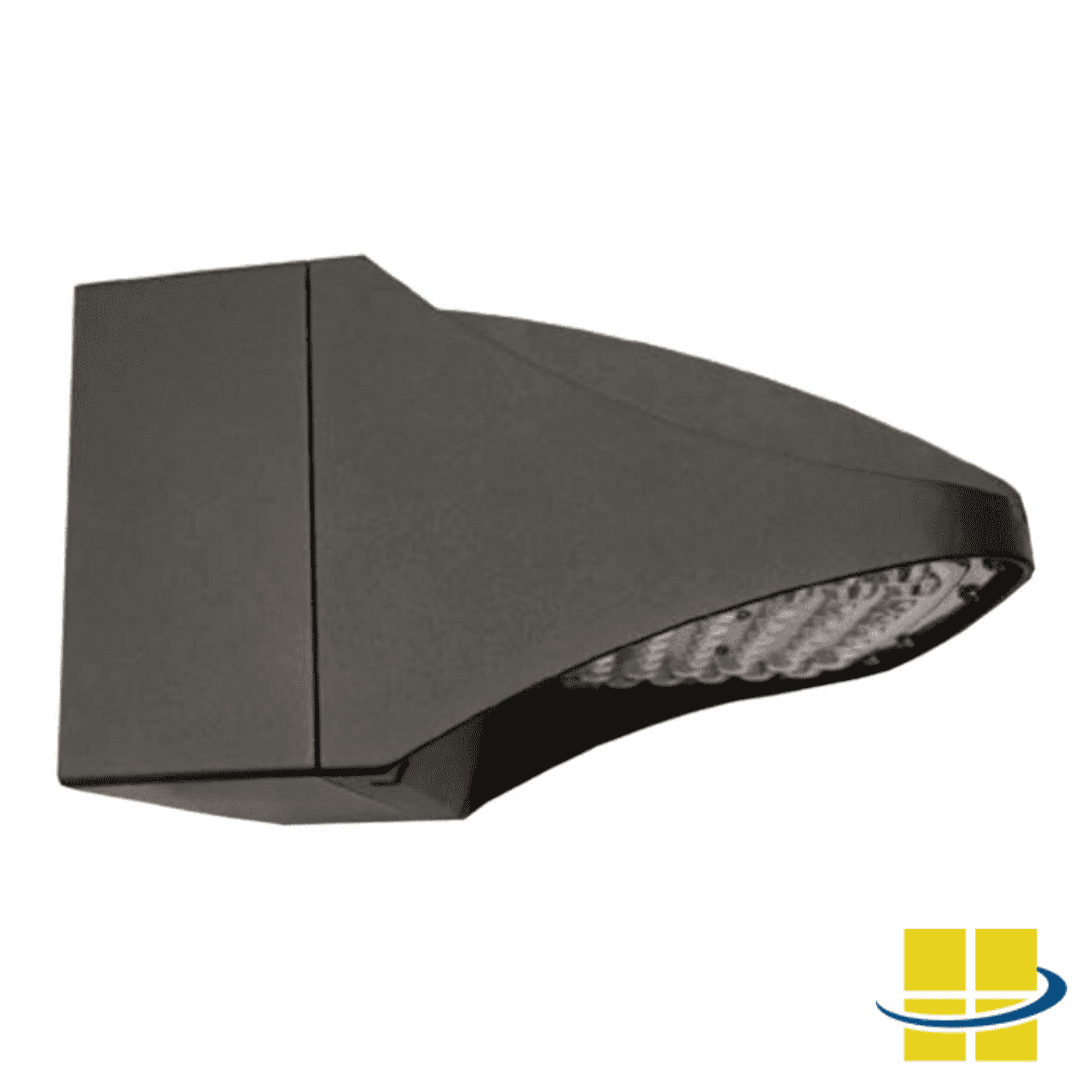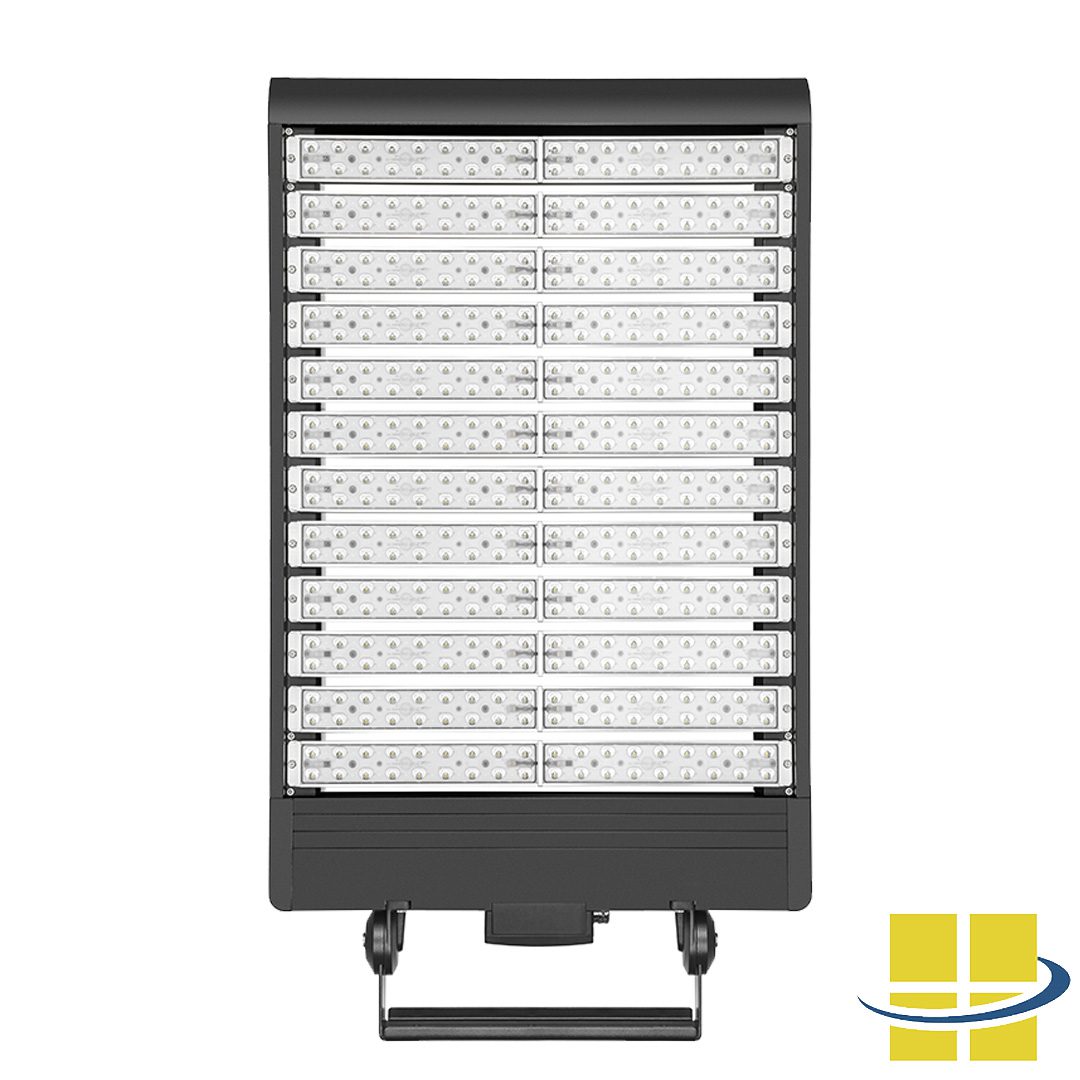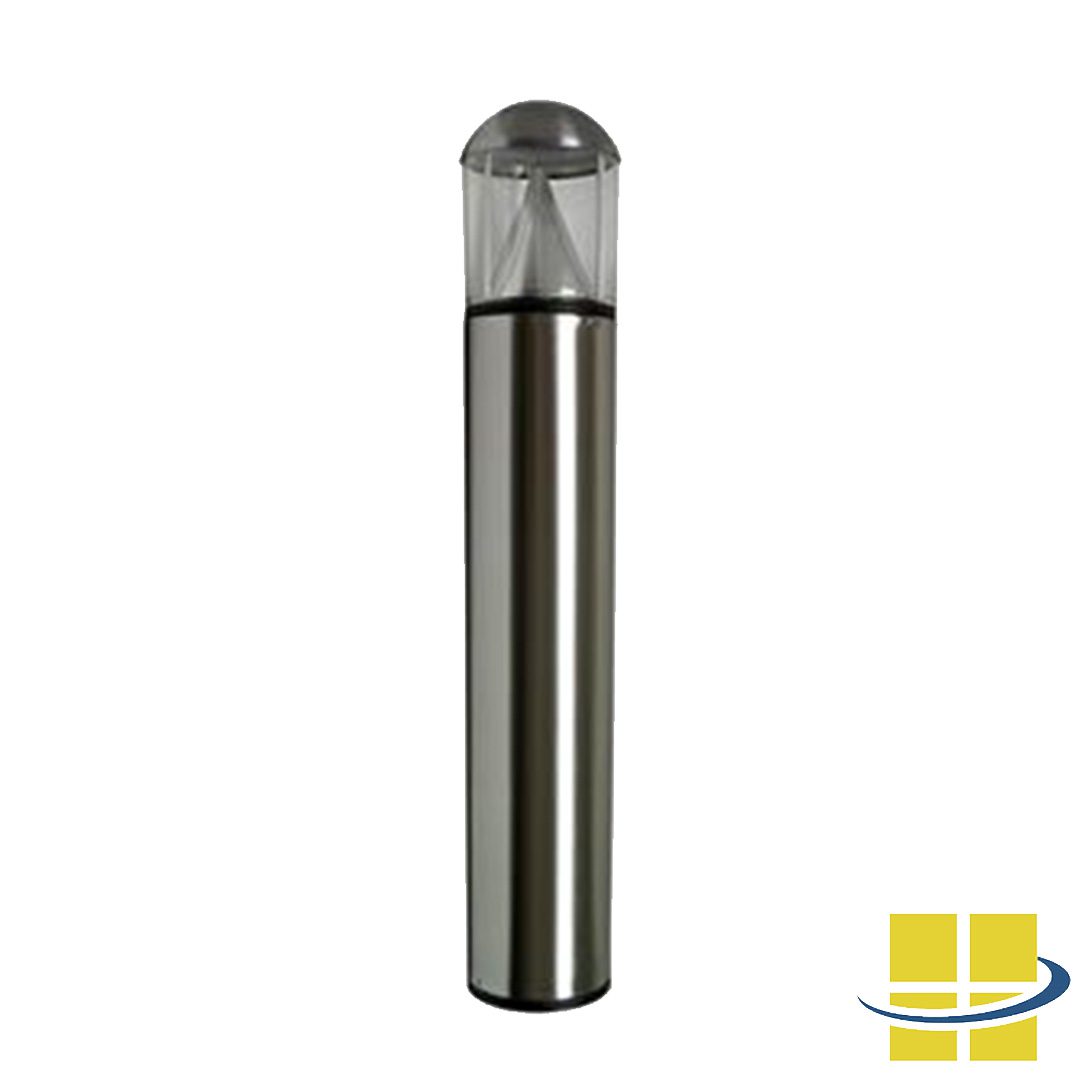
Navigating through the multitude of numbers, terms, and ratings on LED lighting fixtures and packaging can be overwhelming for many. From watts and lumens to amps and Kelvin temperatures, the abundance of data can be disorienting. Among these various specifications, one crucial rating to understand is the L70 rating, which pertains to the LED lifetime. In this discussion, we will simplify and clarify the significance of LED L70 in the realm of LED lighting.
Key Takeaways
-
- L70 Rating Significance: The L70 rating indicates the expected lifespan of an LED fixture by marking the point at which its light output decreases to 70% of its initial brightness, providing crucial information for long-term performance and investment decisions.
- Importance of UL Listing: A UL listing ensures that LED fixtures meet stringent safety, performance, and reliability standards, reducing risks and ensuring compliance with regulatory requirements.
- Extending LED Lifespan: Proper heat dissipation, high-quality components, regular maintenance, and protection against voltage spikes are essential strategies for maximizing the lifespan and performance of LED fixtures.
Understanding the Gradual Degradation of Light Fixtures
The L70 rating for LED lighting marks the point at which the light output diminishes to 70 percent of its initial brightness, serving as a crucial indicator of an LED’s lifespan. After reaching L70, the light may need replacement or maintenance. According to the U.S. Department of Energy, useful life is often defined by the hours until the LED emits 70 percent of its initial light output, encapsulating the essence of the LED L70. This rating, measured in hours, aids consumers and professionals in assessing the long-term performance of LED fixtures for informed investment decisions.
Traditional light sources rely on heating filaments, reaching the end of life when emitting 70 percent of initial lumens. Despite not using filaments, LED principles still apply, and they exhibit slower degradation due to electroluminescence. LEDs often feature L70 lifetimes of 50,000 hours or more. For example, an LED bollard light with 2,100 lumens and an L70 rating of 50,000 hours gradually decreases in brightness, lasting longer than traditional lights. Although the LED may function beyond L70, it is commonly seen as the threshold for replacement consideration.
Click here or Click the Image on the Right to Download the L70 Lifetime Estimation Table in Years.
Evolution of Testing: Assessing Lifetimes of Traditional and LED Technologies
Before LEDs, traditional light bulbs, including fluorescents, high-intensity discharge (HID) lamps, and incandescents, were tested in groups of 100, expecting over 50 percent failure before 10,000 hours. This made predicting their lifespan consistent across manufacturers.
However, the introduction of LEDs altered this approach. Predicting the LED luminaire lifespan or the LED L70 is challenging since they do not have a clear failure point; instead, they gradually emit less light unless physically damaged. LEDs without filament burning last longer, are less prone to flickering, and generally prove more reliable than their predecessors, even though occasional failures may still occur.
The remarkable longevity of LEDs has led to a reevaluation of classifications for the average rated life of luminaires. Instead of testing over extended periods like 50,000, 60,000, or 100,000 hours, these luminaires undergo a 6,000-hour test at three distinct temperatures, as mandated by ENERGY STAR®. This approach, known as TM-21, involves mathematical calculations that replicate the entire lifespan. Typically, the data derived from TM-21 testing is more conservative compared to actual reported lifetimes.
Check Out an Example of the Lumen Maintenance Factor on the Right
Challenges in Projecting Future LED Lifetimes and Strategies for Extending LED Lifespan
The constant advancements in LED technology pose a challenge in accurately forecasting the future rates of lumen depreciation in the marketplace. Each day, manufacturers and engineers are developing new LEDs with enhanced longevity, superior performance, and increased reliability compared to older designs. The testing processes may struggle to keep pace with these ongoing innovations.
Proactive strategies for extending the LED L70
- Implement proper heat dissipation mechanisms, such as quality heat sinks
- Choose LED fixtures with high-quality components, including LEDs, drivers, and power supplies
- Operate LEDs within their specified temperature and voltage ranges
- Use compatible dimming controls to reduce power consumption and heat generation
- Keep fixtures clean from dust and debris through regular maintenance
- Install surge protectors to shield LED fixtures from voltage spikes and power surges
Check Out Access Fixtures EXTREME-LIFE Fixture with an L70 Rating of 200,000 Hours for Sports Lighting on the right.
The Importance of UL Listing for LED Fixtures
When evaluating LED fixtures, it is crucial to consider the UL listing, which stands for Underwriters Laboratories. UL is an independent safety certification organization that rigorously tests products for potential risks such as electrical shock, fire hazards, and mechanical failures. Here’s why a UL listing matters specifically for LED light fixtures:
-
Safety Assurance: LED fixtures with a UL listing have undergone comprehensive testing to ensure they meet stringent safety standards. This reduces the risk of electrical shock, fire, and other hazards, providing peace of mind for both residential and commercial installations.
-
Compliance with Regulations: Many building codes and regulatory standards require lighting products to be UL listed. Ensuring your LED fixtures are UL certified helps you comply with local regulations and avoid potential legal and insurance issues.
-
Performance and Reliability: UL listing is not just about safety; it also signifies that the product has been tested for performance and reliability. This means the fixture is more likely to deliver consistent performance over its lifespan, reducing maintenance costs and enhancing user satisfaction.
-
Quality Assurance: A UL listing indicates that the manufacturer adheres to high-quality production standards. This often translates to better durability, longer lifespan, and overall higher quality of the LED fixture.
Incorporating UL listed LED fixtures into your projects ensures that you are investing in safe, reliable, and high-performing lighting solutions that meet regulatory requirements and provide long-term value. When selecting LED lighting, always look for the UL mark as a symbol of quality and safety.
Check out Underwriters Laboratories website for more.
Conclusion
Understanding the key specifications of LED lighting, such as the L70 rating and UL listing, is essential for making informed decisions about lighting solutions. The L70 rating provides insight into the longevity and efficiency of LED fixtures, while the UL listing ensures safety, reliability, and compliance with regulations. As LED technology continues to evolve, keeping abreast of these standards will help consumers and professionals alike choose the best products for their needs. Access Fixtures remains committed to providing high-quality, innovative lighting solutions that meet and exceed industry standards, ensuring long-lasting and safe illumination for a variety of applications.
L70 Rating and UL Listing Frequently Asked Questions (FAQs)
You have L70 Rating and UL Listing questions. We have answers. If you have a question that isn’t answered below, contact an Access Fixtures lighting specialist at (800) 468-9925 or click here to visit our customer service page.
What is the L70 rating in LED lighting?
The L70 rating indicates the number of hours an LED fixture is expected to operate before its light output diminishes to 70% of its initial brightness.
Why is the L70 rating important?
It helps consumers understand the expected lifespan and performance of an LED fixture, aiding in long-term investment decisions.
What does UL listing mean for LED fixtures?
UL listing means the fixture has been tested by Underwriters Laboratories for safety, performance, and reliability, ensuring it meets stringent safety standards.
How does an LED fixture with an L70 rating of 50,000 hours compare to traditional lighting?
LED fixtures with a 50,000-hour L70 rating typically last much longer and degrade more slowly than traditional light sources, which often fail after 10,000 hours or less.
Can LED fixtures continue to operate after reaching their L70 rating?
Yes, LED fixtures can continue to function beyond the L70 rating, but their light output will be reduced, and replacement may be necessary for optimal performance.
What factors can affect the lifespan of an LED fixture?
Factors include heat management, quality of components, operating temperature, voltage, and proper maintenance.
How can I extend the lifespan of my LED fixtures?
Implement proper heat dissipation, choose high-quality components, operate within specified temperature and voltage ranges, use compatible dimming controls, maintain cleanliness, and install surge protectors.
Why is a UL listing required for LED fixtures in some locations?
Many building codes and regulatory standards mandate UL listing to ensure the safety and compliance of lighting products.
What are the benefits of choosing UL-listed LED fixtures?
UL-listed fixtures offer safety assurance, regulatory compliance, consistent performance, and high-quality manufacturing standards.
How do I know if an LED fixture is UL listed?
Look for the UL mark on the product or check the manufacturer’s specifications to verify UL certification.
Speak to an Access Fixtures Lighting Specialist or Start Shopping Now
Access Fixtures prides itself on using high-quality components to provide reliable LED lighting solutions. Whether you need LED sports lighting, LED high bays, LED bollard lights, or another kind of lighting altogether, Access Fixtures has the resources to get you the solution you’re looking for. Do you need to discuss a unique lighting project or an LED Lifetime? Talk with an Access Fixtures lighting specialist by phone at 800-468-9925 or by email at [email protected] today.

